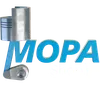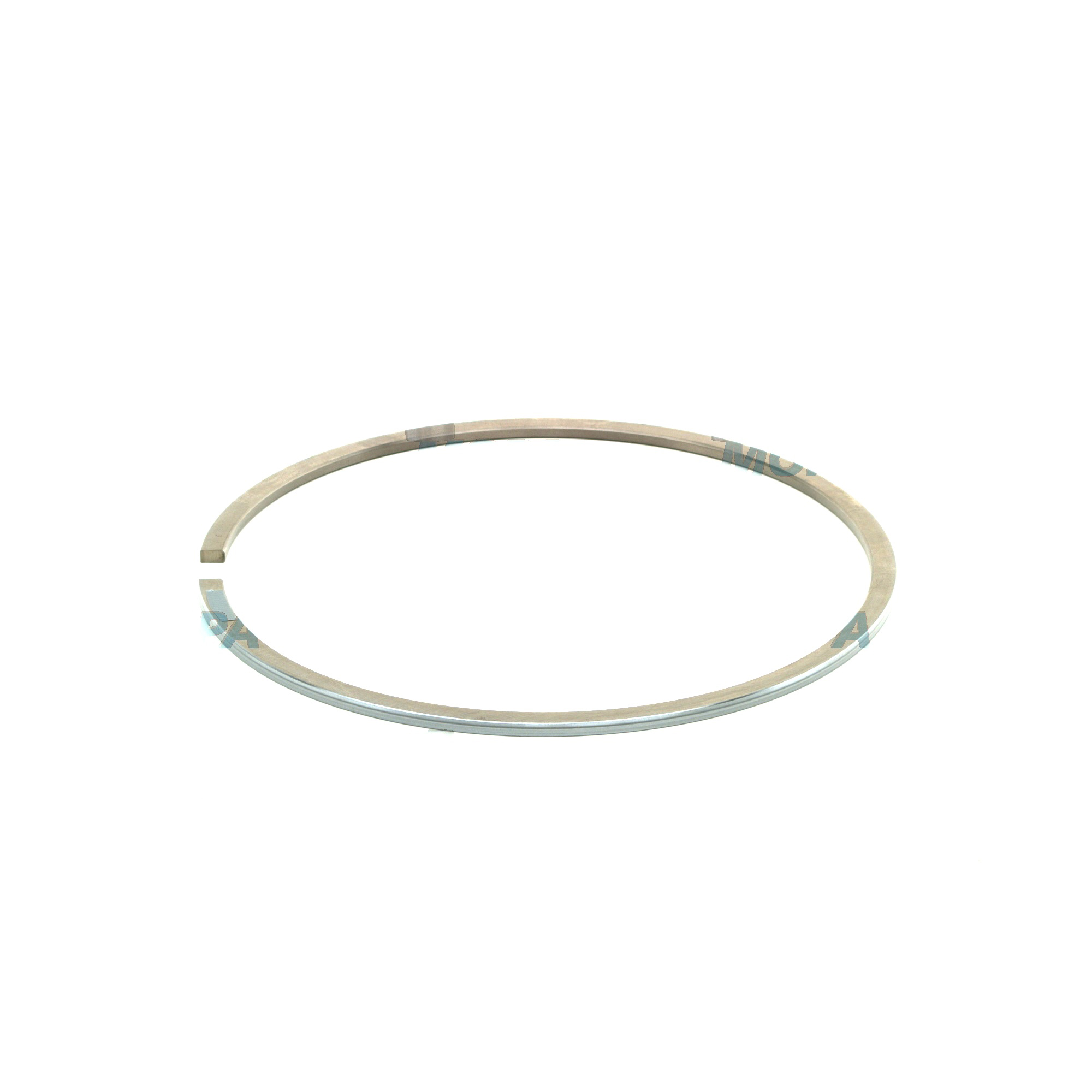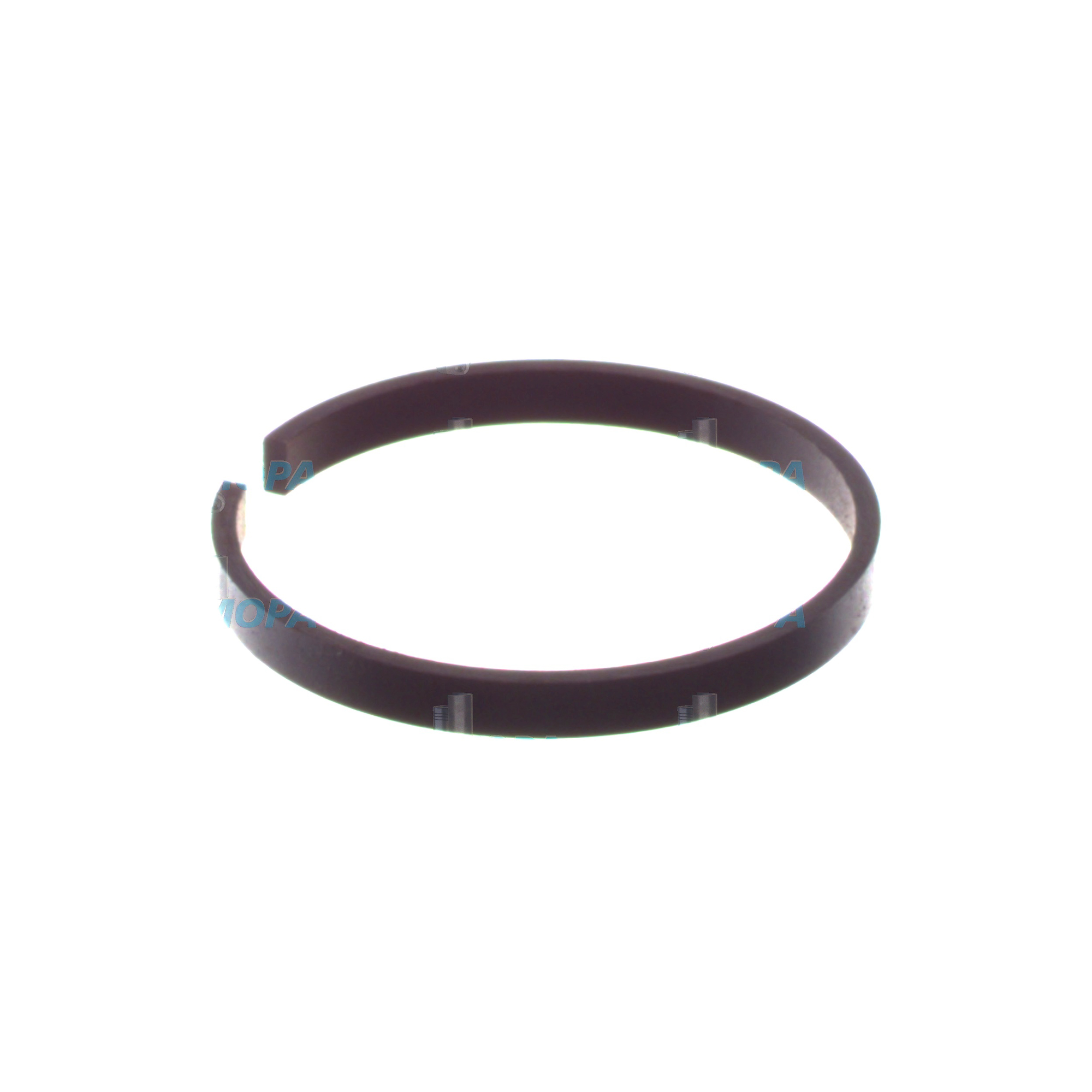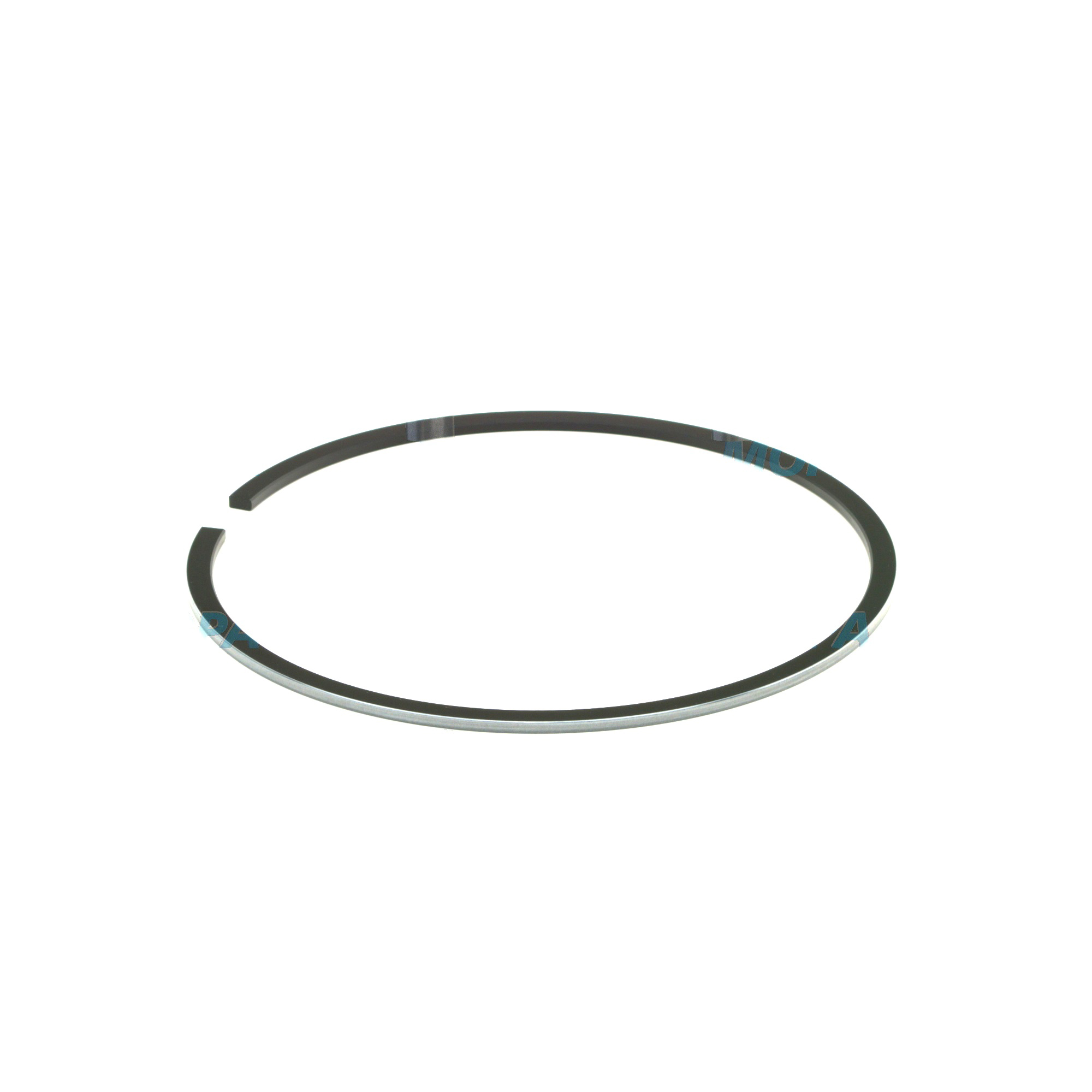RECTANGULAR RING piston rings for high-performance diesel and gas engines
Piston rings are precision-engineered sealing elements that sit in the grooves of the piston and run against the cylinder liner. As a core component of every combustion engine—from compact industrial units to large-bore marine engines—they maintain compression, control lubricating oil, and transfer heat away from the piston crown. Within this article category, piston rings cover compression rings and oil control rings in various designs, with the widely used RECTANGULAR RING profile offering robust, stable sealing performance across demanding duty cycles. For purchasers, shipowners, and technical decision-makers, choosing the right ring geometry and specification directly impacts uptime, fuel economy, emissions, and total lifecycle cost.
Technical function: how piston rings and the RECTANGULAR RING profile support engine efficiency
In operation, piston rings form a dynamic seal between the piston and cylinder liner, allowing pressure from combustion to do work on the crankshaft while minimizing blow-by into the crankcase. Compression rings—often designed with a RECTANGULAR RING cross-section—create a broad, stable contact band that resists flutter and maintains ring-to-liner conformity at high peak pressures. Oil control rings meter lubricating oil, scraping excess from the liner and returning it to the sump, preventing oil carryover into the combustion chamber.
A RECTANGULAR RING diesel engine configuration is favored for its predictable seating behavior and consistent axial stability in the ring groove. Gas pressure behind the ring drives it outward, enhancing the seal under load, while the rectangular cross-section maintains even contact over the full stroke, especially when paired with a correctly honed liner surface. Modern ring materials (alloyed cast iron or steel) and surface treatments (chrome-ceramic plating, molybdenum facing, or PVD nitriding) further increase scuff resistance and extend service intervals.
In maritime applications, the RECTANGULAR RING marine engine ring pack must deliver reliable sealing over long voyages and varying load profiles. Here, dimensional accuracy—axial height, radial wall thickness, free gap, and tangential force—ensures proper seating, controlled oil consumption, and optimal heat transfer from the piston to the liner. When these parameters are matched by RECTANGULAR RING OEM parts to the engine maker’s specification, the ring pack works as a tuned system: the top ring manages peak combustion sealing, the second ring stabilizes pressure and contributes to oil control, and the oil ring maintains a precise lubrication film.
- · High-pressure sealing for efficient combustion and power density.
- · Controlled oil consumption and reduced deposits.
- · Effective heat transfer from piston to liner for thermal stability.
- · Wear-resistant coatings for long service life in harsh fuels and environments.
- · Rectangular geometry for stable groove fit and low flutter.
- · Precisely matched tangential force and end-gap behavior.
- · Compatibility with marine, power generation, and industrial duty cycles.
Importance for engine operation: why piston rings matter for reliability and service life
Piston rings directly influence compression ratio retention, combustion efficiency, and lubrication balance. When rings wear, lose tension, or stick in their grooves, the engine suffers measurable performance losses. Symptoms include increased blow-by (raising crankcase pressure and oil contamination), higher oil consumption (leading to deposits on pistons, ports, and turbocharger components), reduced compression (hard starting, power loss), and elevated exhaust temperatures (thermal stress on valves and turbo machinery). Poor sealing also accelerates liner polishing or glazing, undermining the lubricant’s ability to support hydrodynamic film and raising the risk of scuffing.
Unchecked ring issues can cascade into costly events: piston crown hotspots, broken ring lands, ring breakage, and liner scoring. Proactive inspection—checking ring end gap, side clearance in the groove, and confirming consistent wear patterns—along with adherence to correct installation practices, mitigates these risks. Selecting the correct ring material and coating for fuel type, sulfur content, and oil chemistry is equally crucial to prevent micro-welding and ensure predictable bedding-in on a freshly honed liner surface.
Advantages of OEM spare parts suitable for piston rings
Using OEM spare parts suitable for piston rings ensures every parameter that matters to sealing and durability is controlled. These parts are produced to tight dimensional tolerances and validated tangential forces, with material metallurgy and coating thickness matched to the designated liner material and surface finish. The outcome is consistent compression retention, lower specific oil consumption, and stable emission performance across maintenance cycles.
Beyond raw performance, OEM spare parts help control the budget. Predictable wear rates support planned overhauls and longer time between service events. Optimized ring-liner pairing minimizes friction losses and oil top-up volumes, positively affecting operating cost. Critically, the ring pack is calibrated to the piston groove geometry and groove coatings, preserving groove integrity over time and preventing secondary damage to pistons and liners. For fleets and plants with mixed assets, standardized OEM specifications simplify inventory, reduce procurement risk, and streamline compliance documentation.
What to look for in OEM RECTANGULAR RING piston rings
Prioritize traceable batches, consistent hardness and microstructure, and coating systems suited to your fuel, load profile, and liner technology. Confirm axial height and radial wall tolerances match the piston groove data sheet, and verify ring markings for installation orientation. For cohesive sealing dynamics, procure complete ring sets where the top compression ring, second ring, and oil control ring are specified as a system—this is where RECTANGULAR RING OEM parts demonstrate their value by delivering proven pack behavior under real-world loads.
MOPA: experienced partner for OEM piston rings and RECTANGULAR RING solutions
MOPA supports purchasers and operators with fast, reliable access to OEM piston rings, including RECTANGULAR RING configurations for diesel and gas engines. Our focus is speed, quality, and security: short lead times from curated stock, stringent quality checks, and secure, traceable trade processes. Whether you manage a deep-sea vessel, a power plant, or an industrial fleet, MOPA provides technical guidance on ring selection, cross-referencing, and ring pack matching to your specific engine model and duty cycle.
From marine engine applications to land-based gensets, MOPA streamlines sourcing with precise documentation, careful packaging, and worldwide logistics coordination. The result is simplified procurement and confident commissioning of rings that bed-in correctly, maintain seal integrity, and keep your assets running efficiently.
Conclusion
Piston rings are fundamental to engine performance and longevity, and the RECTANGULAR RING profile remains a dependable solution for stable sealing, controlled oil usage, and effective heat transfer. OEM spare parts suitable for piston rings protect performance and service life while supporting predictable maintenance and budget outcomes—especially critical in marine and power generation operations.





